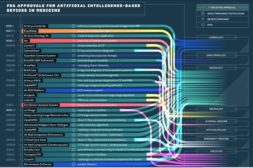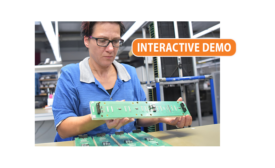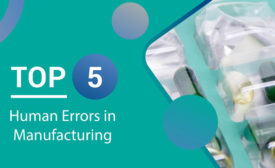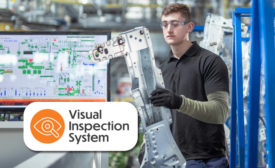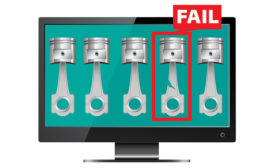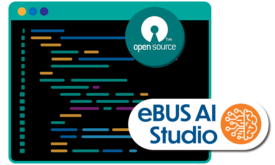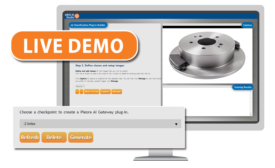Home » artificial intelligence
Articles Tagged with ''artificial intelligence''
Sponsored Content
Interactive Demo: Decision-Support and Electronics Inspection
May 2, 2022
Sponsored Content
Protect Electronic & PCB Assembly Processes from Quality Errors
May 2, 2022
Sponsored Content
Automate Error-Prone and Time-Consuming Manual Inspection
February 16, 2022
Sponsored Content
Simplify Design, Training, & Deployment of Plug-Ins for Inspection
February 16, 2022
Sponsored Content
Live Webinar – Protect Your Business with AI for Visual Inspection
February 15, 2022
Never miss the latest news and trends driving the manufacturing industry
Stay in the know on the latest assembly trends.
JOIN TODAY!Copyright ©2024. All Rights Reserved BNP Media.
Design, CMS, Hosting & Web Development :: ePublishing
